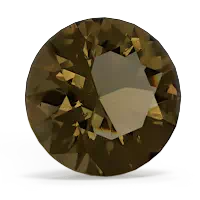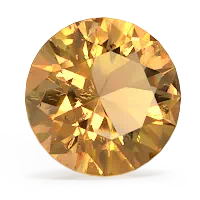

The celtic knot is an ancient symbol of the journey of life. With no beginning and no end, the knot represents the timeless nature of our spirits and the world we live in. A Smoky Quartz celtic knot combines these concepts with the spiritual attributes of the Smoky Quartz . Yellow gold brings out the bronze and golden colors inside a smoky quartz pendant. White gold will highlight the brown and grey tones of the gem. Either way, you can't go wrong. The gem in a citrine pendant is considered a harmonious, optimistic, and cheerful stone with the ability to brighten up our hearts darkest places